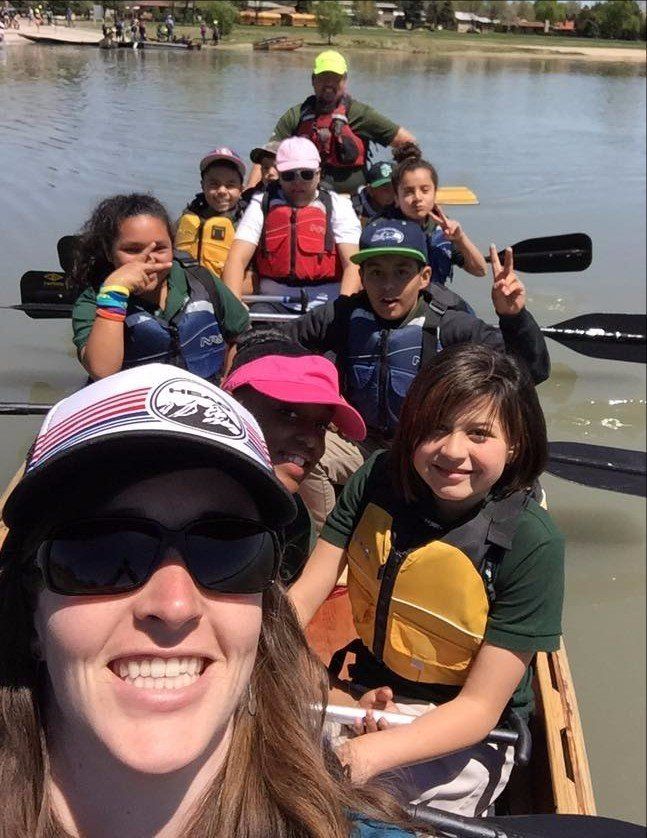Academics
Education Plan Components
CASA's education plan is based on the following instructional approaches or philosophies:
- Highly effective instruction
- Setting and monitoring of student academic goals
- Use of backwards-lesson design
- Use of data driven instruction
- Culture of high expectations
- Embedded grade level traditions/marker events
- Embedded 21st century technology
- Blended learning model
- Expanded learning time for students
- Expanded collaboration time for teachers
Curriculum
Literacy & Social Studies: The Creative Curriculum (ECE), Imagine It! (K-3 English) Imagínalo (K-3 Spanish), Expeditionary Learning (3-5), Step Up to Writing (K-5)
Math: The Creative Curriculum (ECE), ZEARN, Expeditionary Learning
Science: Biological Sciences Curriculum Study (BSCS)


Assessment
CASA educators believe in continuous and varied forms of assessment to best understand the unique strengths and opportunities in every student. Formal and informal assessments are implemented daily to monitor student progress and develop a body of evidence. Teachers then meet as teams twice weekly to analyze student data and plan upcoming instruction to meet the needs of students. Formal assessments CASA utilizes are:
- ANet – Interim Assessment for Math and ELA
- DIBELS Next – Benchmark and Progress Monitoring Assessment for ELA (Spanish)
- IDEL - Benchmark and Progress Monitoring Assessment for ELA (English)
- WIDA ACCESS for English Language Development
- CMAS for Math, ELA, Science, Social Studies (varies by year) – also known as PARCC
English Language Development
The English Language Development blocks consists of English phonics and key vocabulary development. English phonics and English leveled reading from the Imagine It!/Imagínalo! curriculum occur throughout the Literacy block and during a specialized English Language Development Block. Based on ACCESS scores and the World Class Instructional Design and Assessment (WIDA) standards both whole class and differentiated instruction and supports will be provided in order to meet students’ language development needs.
Special Education
Identified students receive services according to their Individual Education Plans. Realistic and appropriate goals and expectations are created based on a case by case basis and decided by the IEP team which include, but not limited to, developing age appropriate life skills, behavioral and academic supports, modified daily schedule and alternative grading.
Response to Intervention
The core elements addressed in each classroom are: fidelity in teaching skills block, implementation of sound instructional practices, progress monitored every six weeks with embedded assessments and student work samples, backward design lessons, and prompt referral to SIT when lack of progress is indicated. Data driven instruction is an essential component of the RTI model, where the use of common language and expectations horizontally and vertically are implemented. The goal is to support, critique, and improve quality, assessment driven instruction. Intervention teachers provide a continuum of support including both pull out and push-in models. Additionally, intervention teachers gather, organize, track, and share student data with core teachers. Based on data, in partnership with the core classroom teachers, the intervention teachers establish the type of support that is needed for each individual student.









